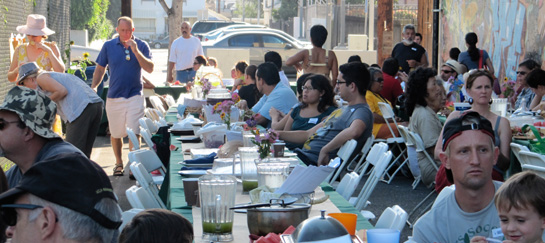Advancing Mental Health Practice

The mental health needs of underserved communities continue to be a challenge for researchers, providers and policymakers. Reports over the last year on bullying and stigma faced by lesbian, gay, bisexual and transgender (LGBT) youth have made national headlines and spurred a wave of attention from school boards, policymakers and parents on the dangers of anti-gay harassment. But why hasn’t more attention been paid to the problem of suicidal behavior in LGBT populations, despite reports of elevated risk for over four decades? High rates of suicide among American Indians also point to the fact that mental health treatment is sorely needed among this population, which tends to underutilize mental health services and drop out of therapy and is less likely to respond to treatment.
Without a concerted effort to create the evidence base for uncovering the “why” behind these statistics, and to then translate findings for practitioners, the emotional needs of these populations will go unmet. The BRITE Center conducts ongoing research into the mental health needs of racial, ethnic and sexual minorities to determine how their emotional well-being is affected by the social, behavioral and biological determinants of health in their communities and among their families.
In this Section
 Sexual Minority Mental Health
Sexual Minority Mental Health
From LGBT youth, bullying and suicide to the ongoing needs of minority lesbians, gay and bisexual Americans across the lifespan, the BRITE Center is examining how our health systems can better meet the mental health needs of sexual minority communities. Learn more
 American Indian Mental Health – To break through barriers such as historical mistrust of non-American Indian health systems, and cultural differences in the perception of emotional distress, mental health providers must be better attuned to the specific needs of American Indian communities in order to support them. Learn more
American Indian Mental Health – To break through barriers such as historical mistrust of non-American Indian health systems, and cultural differences in the perception of emotional distress, mental health providers must be better attuned to the specific needs of American Indian communities in order to support them. Learn more
 Suicide and Bullying
Suicide and Bullying
If policies in place at schools and other environments for teens had been based on the available data on the needs of LBGT youth, recent tragedies among this population might have been prevented. The research is there, why isn’t it being used? Learn more